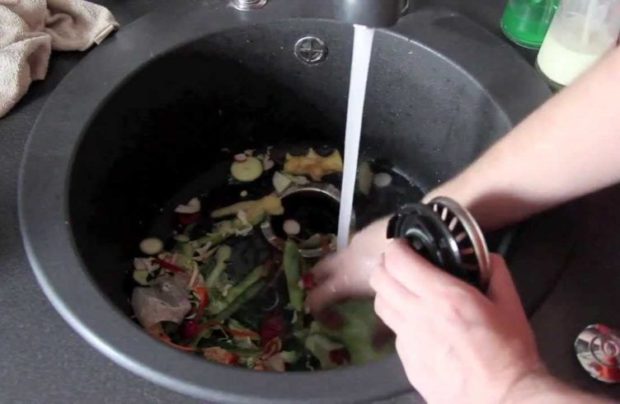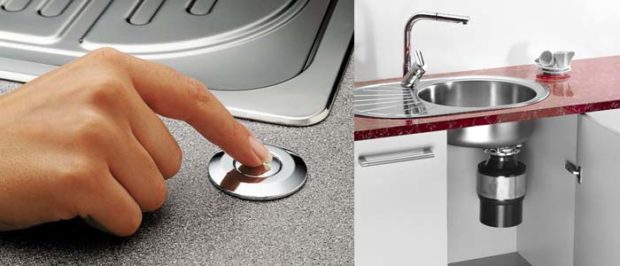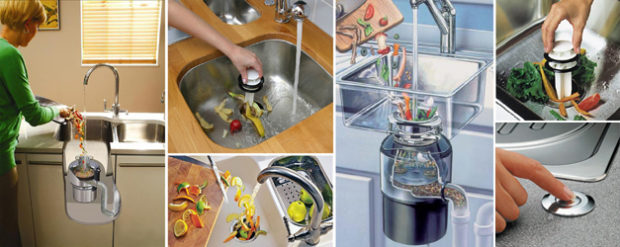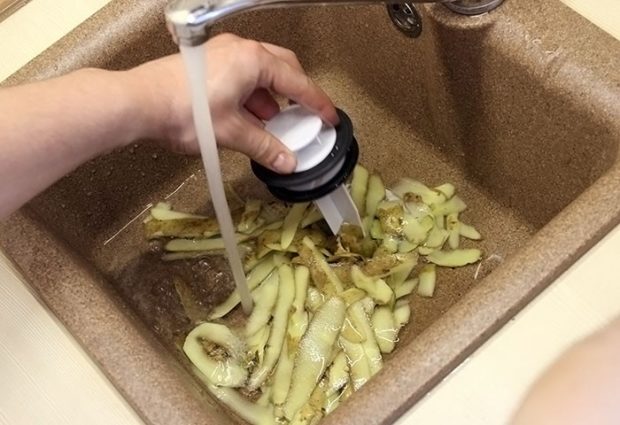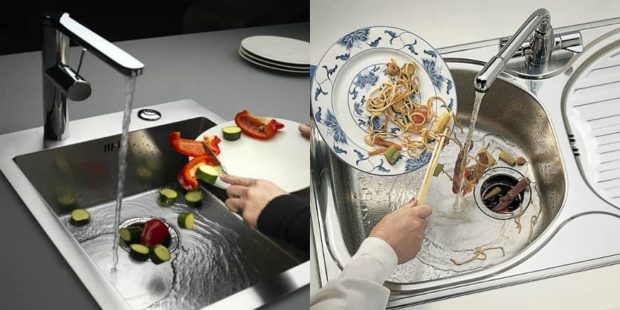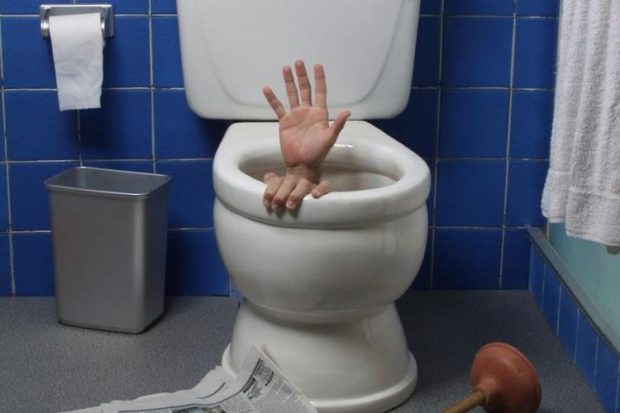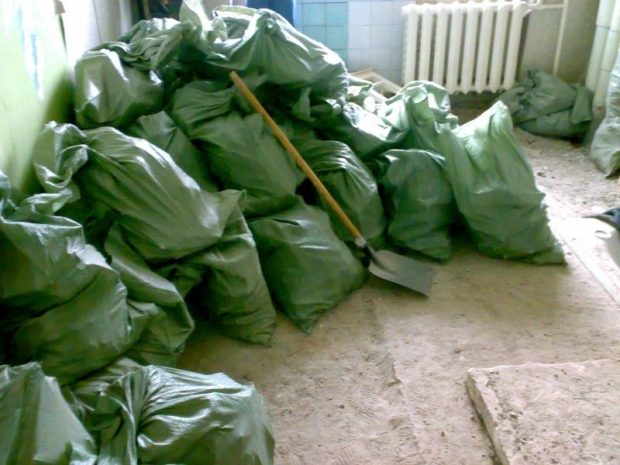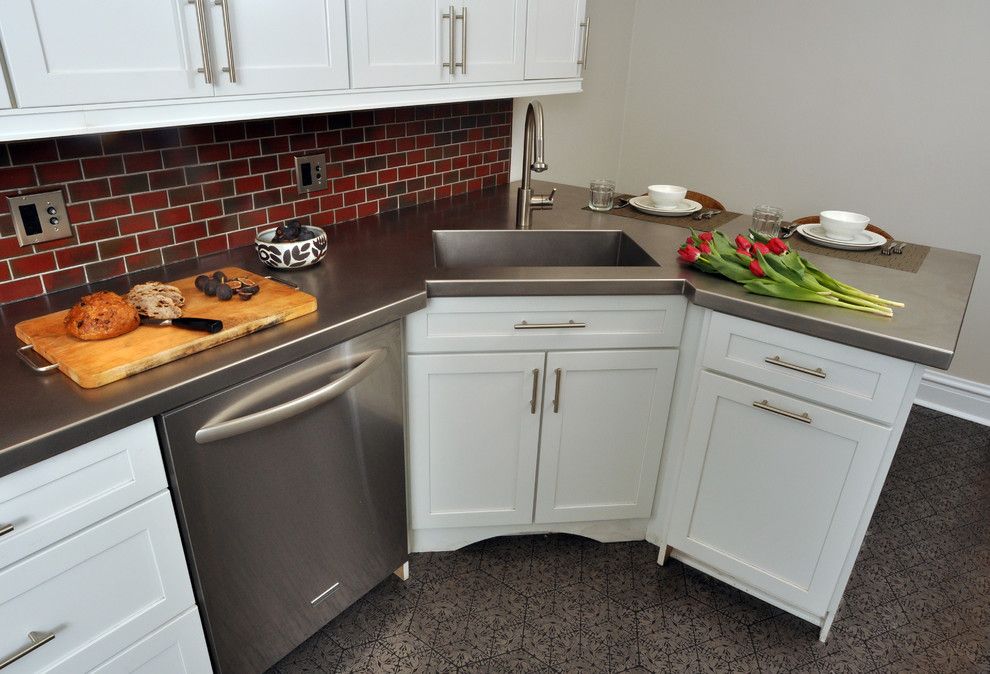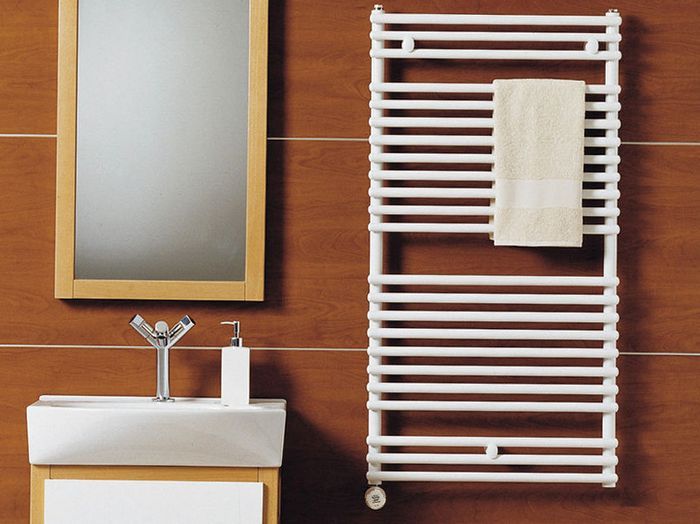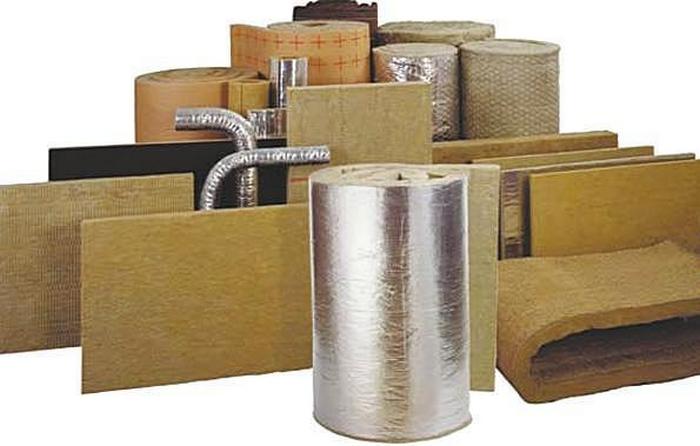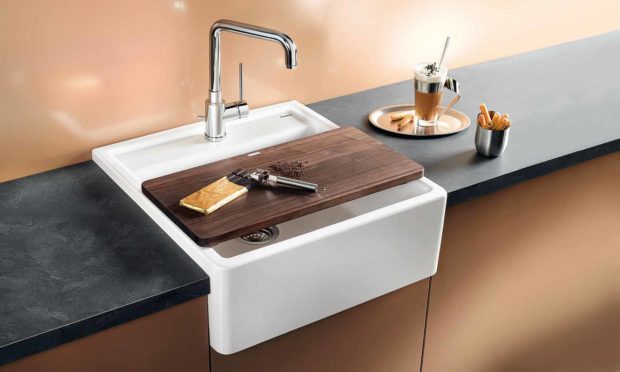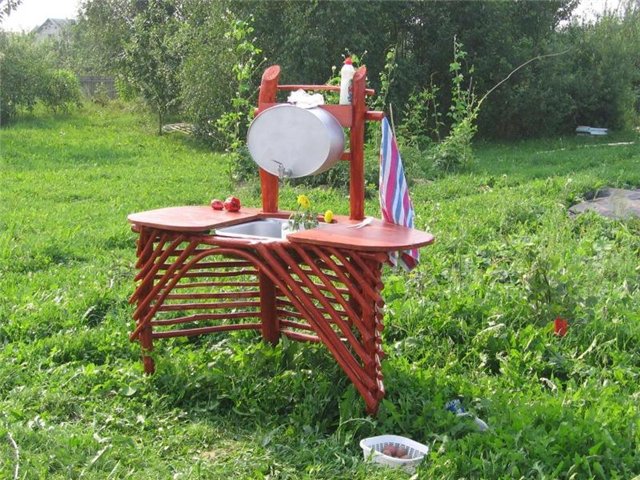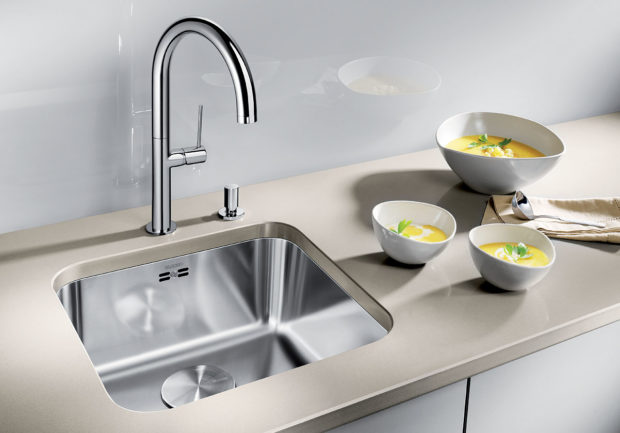Sink Food Chopper: 10 Tips For Choosing
Foul smell in the kitchen, leaking garbage bag, sticky stains on the bin and throughout the kitchen, cockroaches - this is all a real nightmare of the hostess. It's hard to believe, but almost every one of us risks daily turning this terrifying picture into reality. We're used to dumping all food waste in a bin, right? Organics decompose quickly, and she begins to do it right in the kitchen, hence the unpleasant smell. Wet waste also gives off water instantly, and all this leaks and terribly stinks. In the USA, back in the 1950s, they began to solve this problem by installing a disposer in the sink, a device that grinds organic waste. These wonderful devices appeared on the domestic market not so long ago, but they already managed to show all their advantages. If in your kitchen all the organics are still flying into the bin, it's time to figure out what it is, a food waste chopper for a sink, to understand how it works and by what criteria to choose it.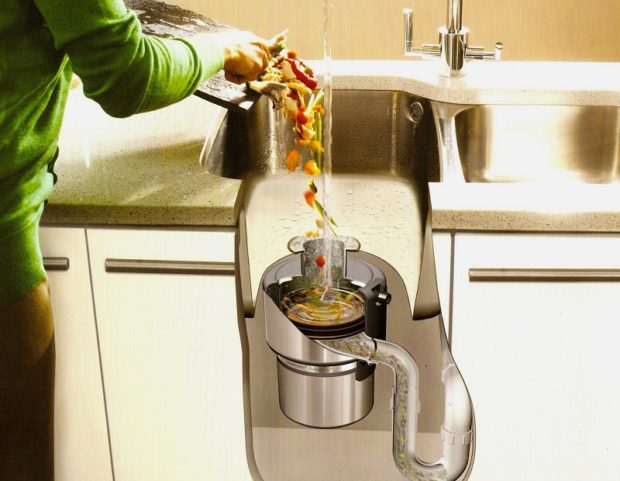
No. 1. The principle of the chopper
Rotating disks and crushing cams are located in the metal or plastic case of the disposer, which press the incoming waste to the rigid and fixed grater walls. The inlet is attached to the drain in kitchen sink, output - to sewer pipe. The incoming waste is crushed and ground, after which it goes into the sewer. To start, just press the button (electric models), and some models are equipped with a remote switching mechanism.
The mechanism can be driven by an electric motor or even the water flowing from the tap itself. Devices of the latter kind are usually called mechanical or hydraulic.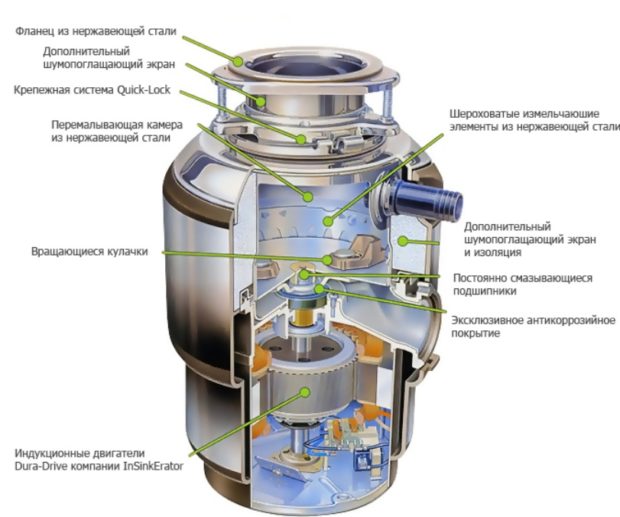
No. 2. Advantages and disadvantages of choppers
It seems that the benefits of having a food waste grinder in the kitchen are obvious:
- less waste gets into the bin. In fact, only dry inorganic garbage will be thrown out, which means that the speed of filling the bin decreases at times, as does the number of trips to the stinking containers;
- bad smell disappears in the kitchen, which is the constant companion of most organic products, quickly starting to rot right in the bucket. Lack of organic matter and odor is the main step control of insects and bacteria;
- excludes the possibility sewer pipe cloggingat least due to large particles entering the kitchen drain;
- security. The design of the disposer is such that even a careless and curious little child cannot be injured;
- environmental concern. Food waste is approximately 30% of all waste disposed of in landfills. It turns out that using a disposer is an important step towards the proper sorting of garbage and reducing waste volumes at landfills.

Cons choppers have a bit. Firstly, a little more water will be used with it.If the device is electric, then electricity consumption will increase, but only slightly. The most serious drawback is the high cost (prices start at 11,000 rubles), but the mass of advantages completely covers this minus.
Domestic users are only just beginning to discover the benefits of using disposers, and in the USA, for example, about 80% of homes are equipped with such devices. It is not surprising, because the chopper was invented in the USA. The first fairly primitive disposer appeared in 1927, and its inventor subsequently founded the companyInSinkErator, which eventually became one of the market leaders.
No. 3. Types of grinders for food waste
Electric choppers
It’s easy to guess by the name that such devices work from electric network. As soon as the user presses the start button, the engine turns on, which drives the entire mechanism of crushing waste. These are powerful, reliable and durable devices that are more popular than hydraulic counterparts.
According to the principle of operation, electric disposers are divided into two types:
- with continuous loading. Such a grinder grinds the waste during the entire period while you, for example, wash the dishes. When the dishes are washed and the waste no longer comes in, just turn off the chopper. Convenient and easy;
- with batch loading. In this case, a certain portion of the waste is first accumulated in the grinder, and only after that crushing begins. If necessary, after grinding the first part of the waste, you can repeat the process. This is not very convenient, so this type of choppers is already difficult to find on sale.

The advantages of electric disposers include:
- high power and productivity;
- safety and simplicity;
- durability. The service life, according to most manufacturers, is more than 25 years;
- in which case the device switches off independently, as it is connected to the relay. It is enough for the user to remove the cover, find the object that interfered with the work, and remove it.
Minuses:
- noise, but most modern models are not very noisy when working;
- some large wastes are beyond the power of an electrical appliance, even despite its high power;
- in areas with power outages and frequent power surges, such a device will cause more problems than amenities.
It is impossible to use such a grinder without water, it cools the engine, contributes to simpler grinding and promotion of waste through the sewer.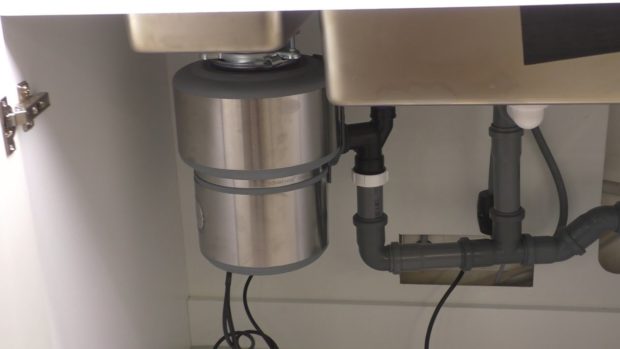
Hydraulic (mechanical) chopper
This is a simple and reliable equipment that does not require a network connection. The grinding mechanism is set in motion by the pressure of water. If there is water - there is a process, there is no water - everything froze, i.e. Disposer will always work when there is a flow of water.
pros:
- reliability and unpretentiousness. With frequent power outages, this is the best option;
- energy savings;
- security;
- sufficient performance;
- large and solid wastes immediately block the system, preventing it from breaking when trying to grind a “dangerous” product;
- noiselessness.
Minuses:
- low water pressure will not be able to activate the system. If you live on the upper floors and the water pressure is much lower than the norm (the norm is 4 bar), then difficulties may arise;
- solid waste is more difficult to process than in electric models;
- the dispozer turns on immediately when the water is turned on, and this is very important to consider when choosing a model and further operation.
It is difficult to say unequivocally which food waste shredder is better, electric or hydraulic. The choice is best built on the characteristics of the home and your own needs. If there is no interruption in power supply, then you can take a powerful electric dispenser and no longer think about anything.For some suburban areas, a hydraulic device is better suited.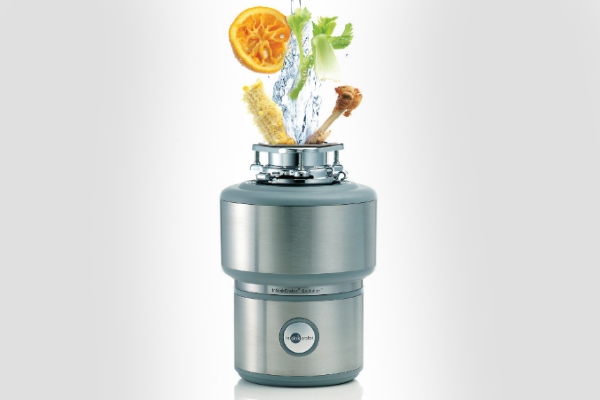
Number 4. Power Electric Grinders
The speed of waste processing and the ability to grind solid particles of consistency directly depend on the capacity of the device. Most modern devices receive power from 500 to 1200 watts, but there are devices on 300-475 watts. The choice depends on how many people are in the family and how much waste is generated:
- if the family is small and there is not much waste, you can take the minimum power dispenser (up to 500 watts). These are compact devices that fit exactly in any kitchen, and they consume less energy;
- the standard for the apartment is a power of 500-520 watts. This is enough to cope with almost any food waste generated in a family of 4-5 people;
- large families when choosing a grinder can be guided by the rule of 100 watts of power per family member. On sale you can find household appliances with a capacity of 600-700 watts;
- shredders with a capacity of 1200-1300 watts - this is an option for industrial use. Such are irreplaceable in catering establishments and in workshops involved in food production. Such a powerful chopper can easily cope even with large volumes and the most solid waste.

No. 5. Disk rotation speed
This parameter also applies more to electrical devices, since in hydraulic the speed depends only on the pressure of the water. The higher the speed of rotation of the disks and crushing hammers, the faster the waste will grind, and the greater their number can be crushed per unit time.
It's better take the device at a speed of at least 1400 rpm. Some models have several modes with different rotation speeds, so that, for example, when grinding soft waste, do not use too many revolutions and increase the electricity bill.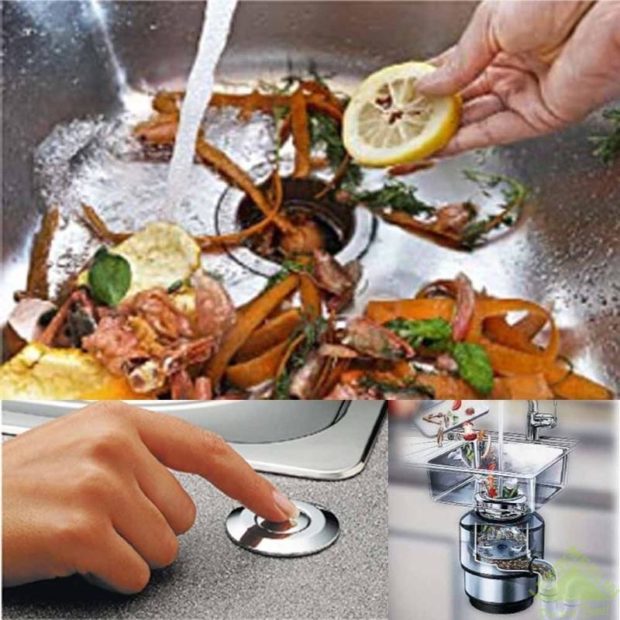
No. 6. Cylinder volume
This parameter directly correlates with the power for electric grinders. The larger the volume of the disposer, the higher the power needed to grind the waste. Most modern disposers have a volume of 700 ml to 1.5 liters. When choosing, the needs of the family and the amount of free space under the sink are taken into account.
If there is very little space, you can take a compact chopper with a volume of 800-900 ml. If the family is large, and there is enough space under the sink, then it is better to look in the direction of 1200 ml or more dispensers.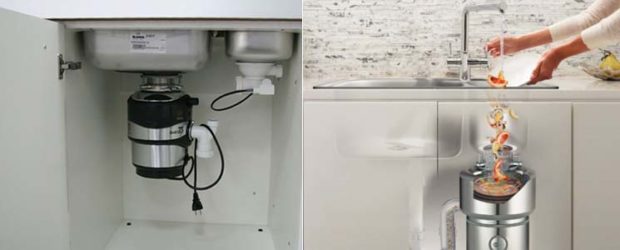
Number 7. What else to consider when choosing a disposer?
For the time being, the waste shredder remains more a curiosity for our people than a familiar household device, so a lot of questions arise when choosing. Highlights have been listed above, but that's not all. To buy a really suitable device, you will have to take into account some other nuances:
- to increase the comfort of use, it is better to take the device with motor overload protection and reverse rotation. The last function is useful when something is stuck in the chopper;
- case material. There are steel and composite shredders. They are approximately equal in strength. Yes, do not be surprised - the industry has long learned how to make durable polymer materials that are even used in aircraft construction. The composite shredder weighs less than steel, so that the load on the sink is reduced. The crushing ring, cams and discs must be made of stainless steel only;
- Availability magnetic catcher it will be by the way - it will prevent cutlery and other metal objects from falling into the chopper;
- Availability antibacterial coating inside the grinder will completely reduce the problem of odors to nothing;
- the presence of a special pusher will be a plus - with its help it will be easier to shift all waste to the drain
- noise level. Most modern shredders give a low noise level - not compare with the first Disposer, invented back in 1927. To further reduce the noise load, some products provide an additional layer of sound insulation;
- Disposer size depends on the volume of the cylinder, as well as on the design decisions of the manufacturer. Before buying, it is better to make a series of measurements so that both the chopper and filter (if necessary) and the bin placed under the sink;
- type of sink and drain hole size. Disposer can be installed on any type of sinks, however, the drain diameter must be at least 90 mm;
- ease of disassembly. No one is safe from unforeseen situations. A person may not keep track of - and here that which cannot be crushed fell into the chopper. The item is stuck, work is blocked. It is important that you can very easily and quickly get to the heart of the chopper and remove the stuck item;
- repair nuances. Yes, the chopper is a durable equipment, but anything can happen, and it is important that there are service centers and craftsmen who can fix any breakdown, and this is an advantage only for large manufacturers. It is equally important that the design of the device has a minimum of parts subject to wear;
- manufacturer. More than 90% of the grinder market is accounted for by the products of the aforementioned Bone Crusher brand and another American manufacturer - InSinkErator. Both manufacturers have a wide range of products and a number of unique solutions. The rest of the market belongs to products under the brands Franke, Bosch and small Chinese manufacturers.

Number 8. What can be crushed and what not?
The chopper can be called almost "omnivorous." It easily grinds most organic waste, so don't be afraid to throw peeling fruits and vegetables, watermelon peels, eggshells and even plum bones into it. Disposer will also be able to grind paper towels, napkins and even cigarette butts. Do not be afraid to throw fish and chicken bones at it. Chicken bones also serve for self-cleaning of the chopper, so, on the contrary, sometimes they need to be thrown into the disposer.
It is better not to let the following waste fall into the dispenser:
- threads and hair that can be wound on crushing equipment and disable the system;
- bags, pieces of cloth, bandages and other stretching and elastic objects;
- non-food solid particles: coins, glass, buttons;
- some specific food waste: fish scales, onion and garlic husks, large bones, hard shells of marine animals.
If the chopper is jammed, you will have to disassemble the housing and eliminate the cause.
When using the disposer, also follow these guidelines:
- turn on the water at the same time as the grinder is turned on (the hydraulic device in this regard does everything for you). Water contributes to the effective removal of grinding products;
- when you have finished washing the dishes, wait 1-2 minutes until the noise stops and grinding is completed, and turn off the appliance, and after a few seconds - water.

No. 9. How to install a food waste chopper
There is nothing complicated here, so if you have minimal skills in connecting plumbing, you will be able to cope on your own. The procedure is as follows:
- shut off water;
- disconnect the siphon from the sink and the drain pipe from the siphon;
- install a rubber gasket under the sink drain, the gasket must be complete with a grinder;
- installation of fasteners and the device itself, there are nuances for each model, so before starting installation, read the instructions - it is attached to each device;
- one end of the drain pipe is attached to the outlet hole of the disposer, the second to the sewer outlet;
- setting a button or pneumatic button. The latter works without electricity, therefore safer. A hose is installed between the pneumatic button and the grinder.The pneumatic button can be installed in the sink or on the countertop, for it it will be necessary to drill a hole;
- network connection (for electric models);
- test;
- Detailed installation instructions are presented in the video below.
It is not recommended to connect a corrugated pipe to the exit from the grinder: in its numerous recesses, residues of crushed waste can accumulate, which will gradually lead to the appearance of an unpleasant odor.
If the chopper inlet is larger than the drain in the sink, you will have to resort to an increase in the drain. This can be done by the specialists of the service center who service the disposers of a particular brand.
No. 10. Can the chopper clog the sewer?
At the dawn of the grinders, there was a huge problem to convince everyone that such a device is not able to harm the work of sewer networks and treatment facilities. The inventor John Hammes spent many years to prove the absolute safety of such an option for waste disposal and still received a patent for his invention.
More than 80 years have passed since that moment, and today there are still fears that the use of a disposer can harm sewer networks. At the exit from a high-quality grinder, the waste turns into a mass of particles of a small size, without fibers, as if you yourself took and rubbed the product on a fine grater. Is it possible to clog the sewer? Rather, clogging will occur if something falls into a drain hole without a grinder that is not protected by any mesh. And yes septic tank this way of disposing of organic waste will not do any harm.

